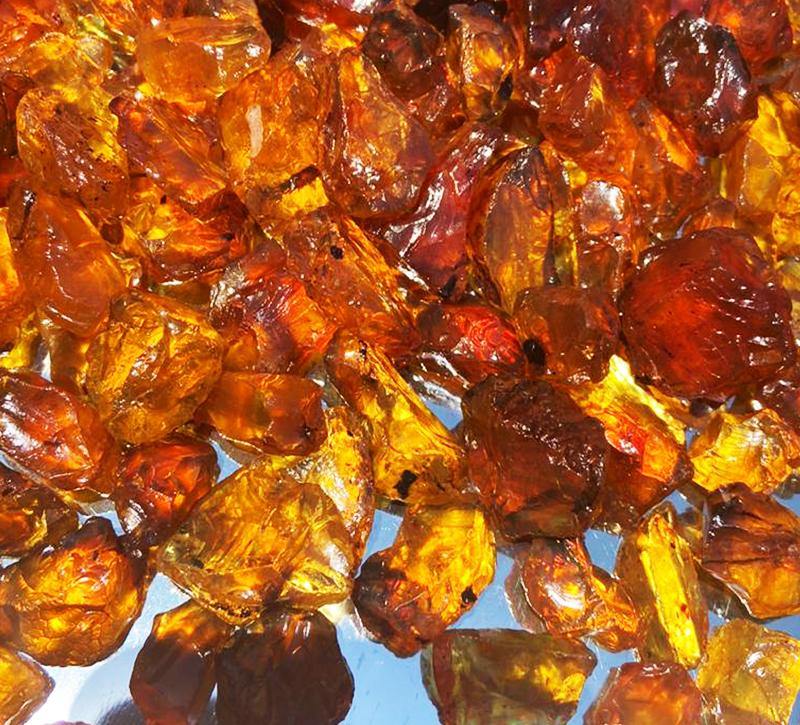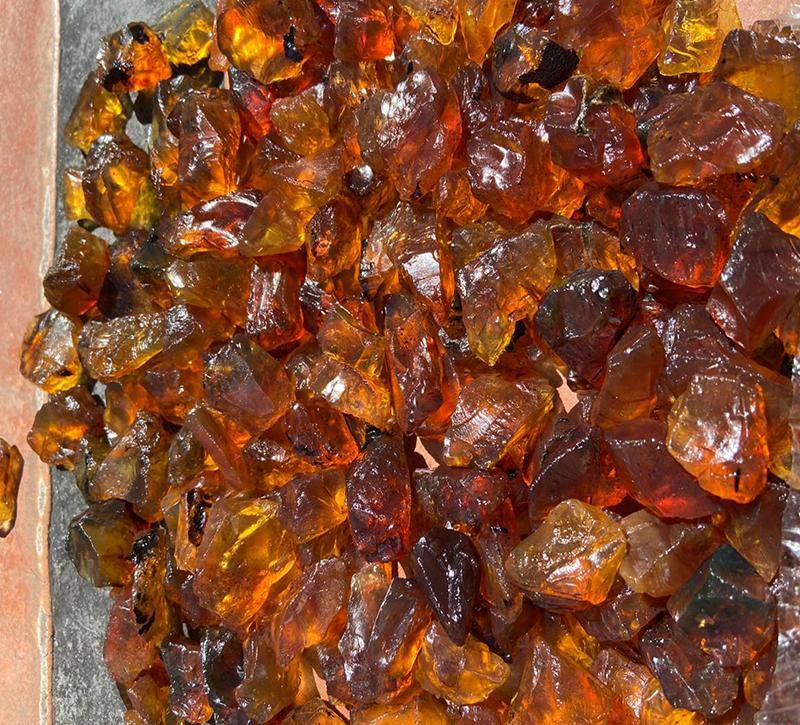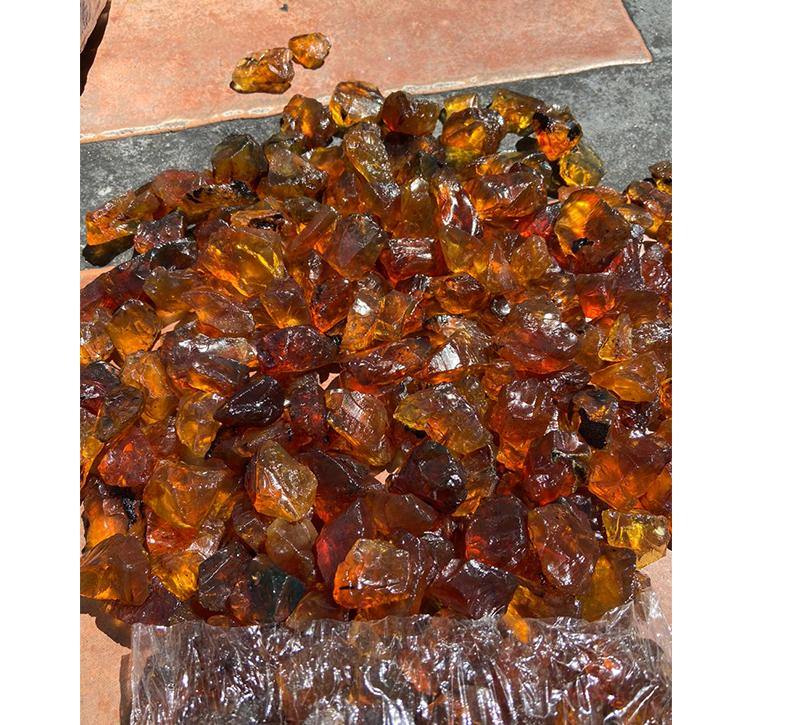



One kg raw amber stones are selected for faceting or cabbing work
Learn About Amber / How to Identify Real Amber Stone
Amber, a fossilized organic gemstone known for its warm hues and unique inclusions, has many versatile applications in jewelry-making and decorative arts. Raw amber can be transformed into stunning beads, faceted gems, or cabochons, each enhancing its natural beauty and appeal. Here’s how you can make the most of raw amber, especially from high-quality sources like Myanmar.
Raw amber can be cut and polished into faceted stones or smooth cabochons. Faceting involves shaping the stone into small, polished faces to enhance its brilliance, while cabochoning gives a rounded, smooth appearance. Both techniques bring out the color and clarity of amber, making it ideal for various types of jewelry or as a striking centerpiece for pendants.
Transforming raw amber into beads is a popular choice. Beads are versatile and can be used in different jewelry pieces, from necklaces and bracelets to earrings. Amber beads, particularly in rich yellow or honey shades, offer a warm and inviting aesthetic. When made from natural and high-quality amber, such as Myanmar’s fossilized variety, they create an eye-catching and earthy look.
Amber is perfect for those who enjoy crafting or designing one-of-a-kind jewelry. With amber beads, you can design necklaces, earrings, and bracelets that capture the natural essence of this fossilized resin. The warmth of amber pairs well with other gemstones and metals, allowing for endless creativity in crafting distinct, memorable pieces.




Myanmar-sourced amber is 100% natural and fossilized, retaining the organic allure of ancient resin. Its unique inclusions, often containing tiny remnants of prehistoric life, make each piece distinct. This organic quality adds value and an authentic feel to any jewelry piece created with raw amber.
With its aesthetic and historical appeal, raw amber is a versatile and beautiful addition to any jewelry-making venture.